Vizrt just hit the gas on sports broadcasting. Their new Arena 6 release packs AI deep into live AR graphics — cutting calibration time by 90% and locking visuals tighter than ever. In an industry where milliseconds matter, this isn’t a tweak. It’s a reboot.
When AI Finally Learns the Game
Arena 6 uses image-based calibration to automatically read field geometry and stick graphics perfectly to the pitch, even during fast pans.
The new Sports Intelligent Keyer uses AI to separate players and backgrounds on the fly, eliminating ghosting and jitter. Everything — calibration, graphics, and keying — now lives inside a single streamlined interface.
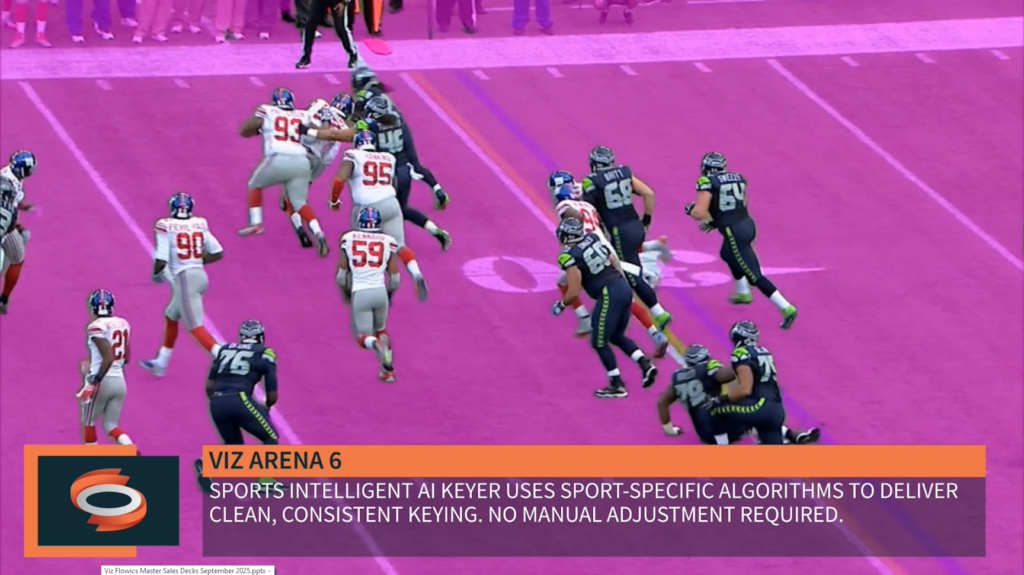
Early tests show it’s more than marketing talk. Dorna Sports, the team behind MotoGP, used Arena 6 live on air after seeing how stable it ran in trials. It’s the kind of confidence rarely given to new broadcast tech.
The Death of the Painful Setup
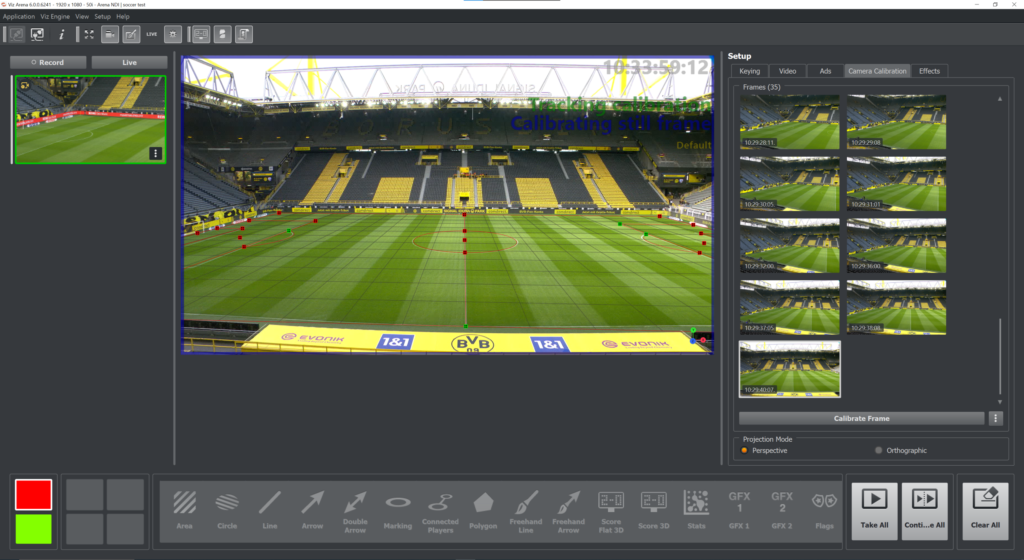
For years, AR graphics in sports were powerful but painful — long setups, fragile calibration, and sky-high costs. Arena 6 fixes the bottlenecks.
Faster setup means smaller broadcasters can use AR graphics once limited to major networks. Virtual ads can be deployed instantly, and the system runs both on-premises and in the cloud — essential for hybrid production setups.
Where the Magic Might Break
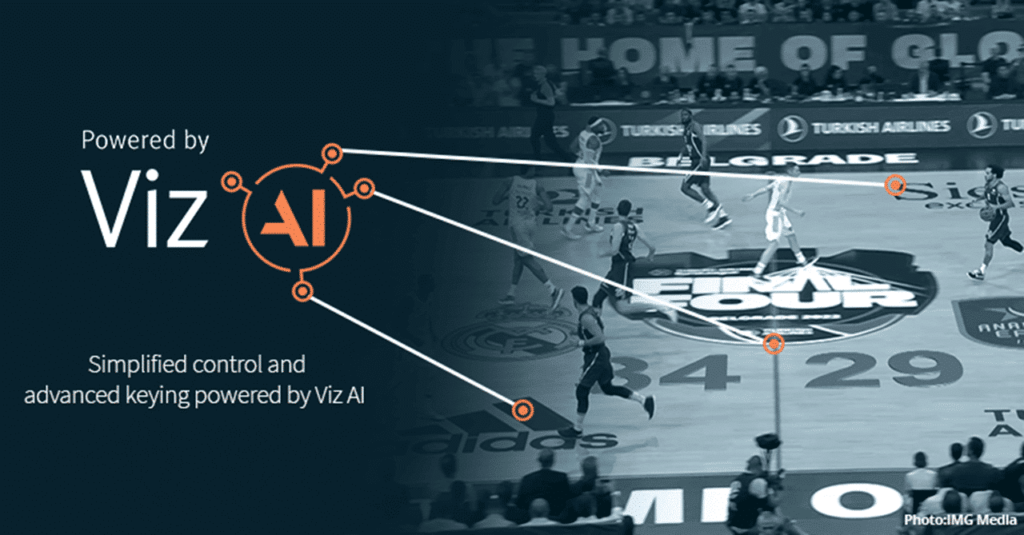
AI doesn’t erase every problem. Harsh lighting, fast zooms, or heavy motion could still challenge the algorithms. And the real-time compute load is no joke — you’ll need serious GPU muscle to keep latency low. But for most, the benefits will outweigh the friction.
Heftig Verdict
Arena 6 isn’t just an upgrade — it’s a turning point. It makes AR graphics fast, stable, and broadcast-ready. If it delivers under pressure, this could shift augmented visuals from “special feature” to “standard kit.”


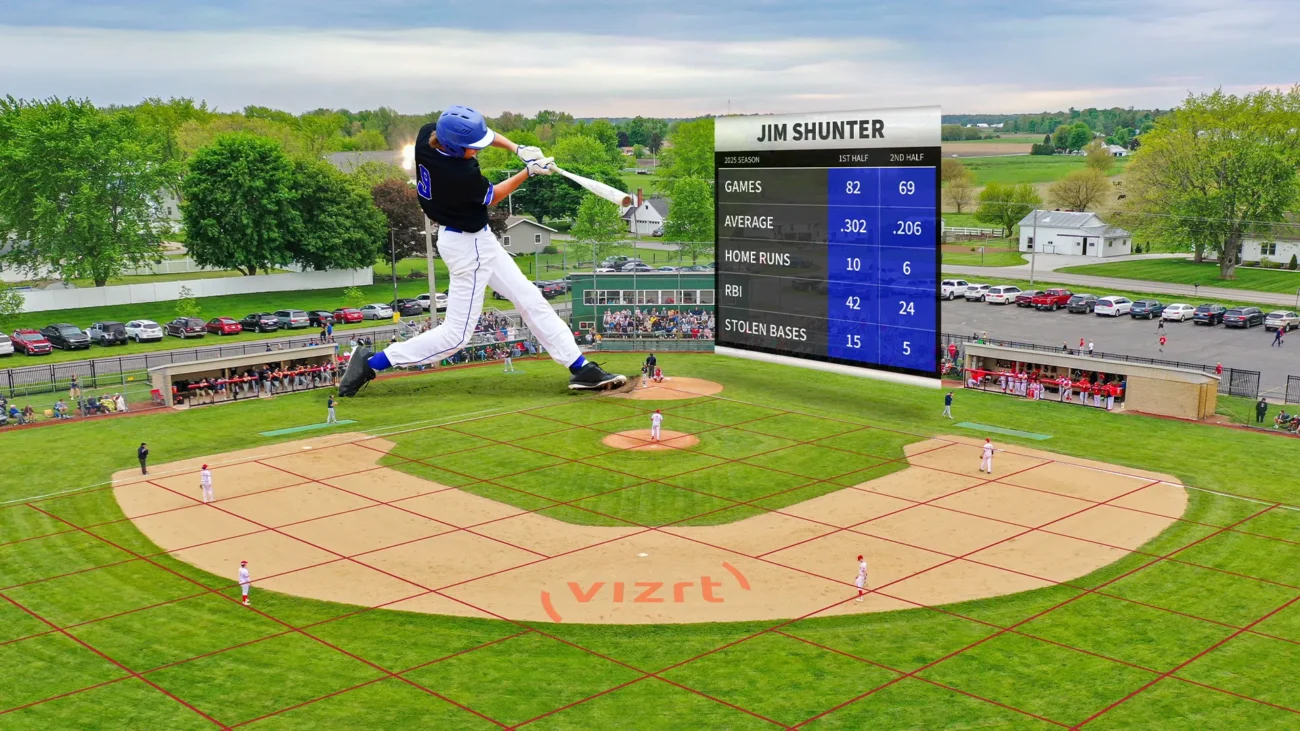
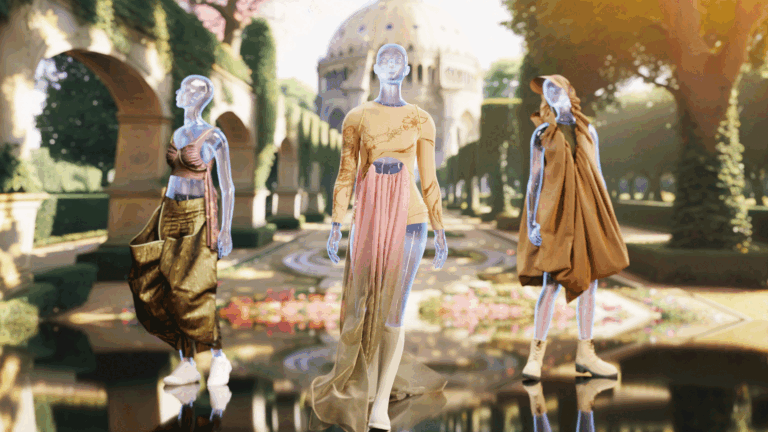
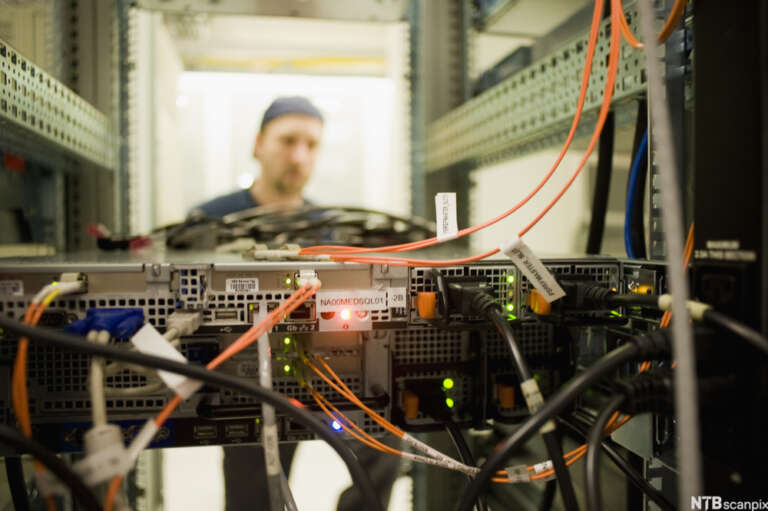
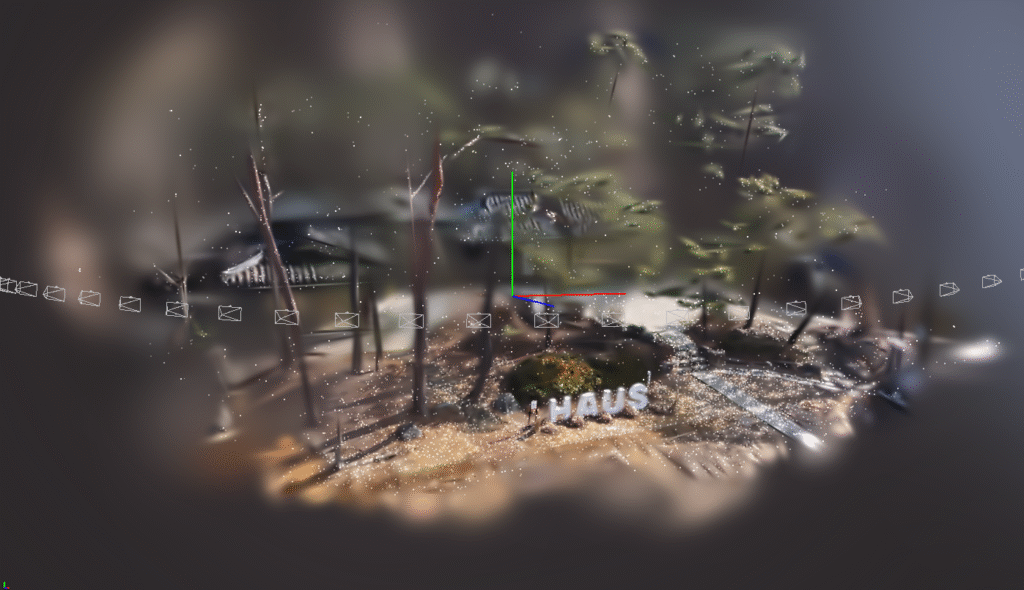
Leave a Comment